As far as I'm aware Dave Wojo still sells bulbs, he should be able to sort you out:
https://sites.google.com/site/dgwojocom/
Being outside the US, I'd love some details on those bulbs still, if anyone could share links to plausible replacements online.
Is there any recommended way to convert those three to LEDs?
https://sites.google.com/site/dgwojocom/
Being outside the US, I'd love some details on those bulbs still, if anyone could share links to plausible replacements online.
Is there any recommended way to convert those three to LEDs?


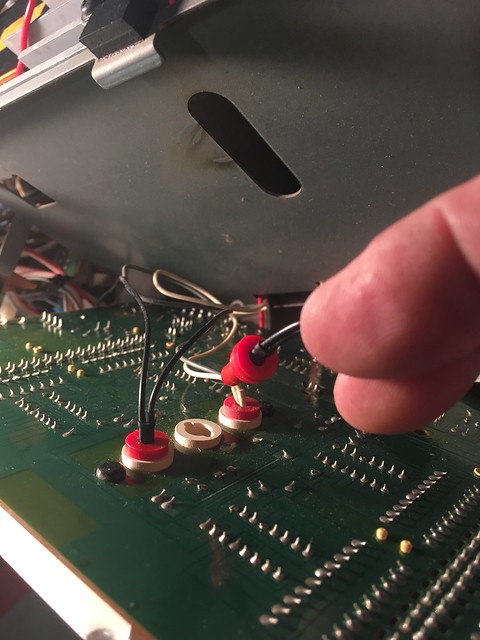 Untitled
Untitled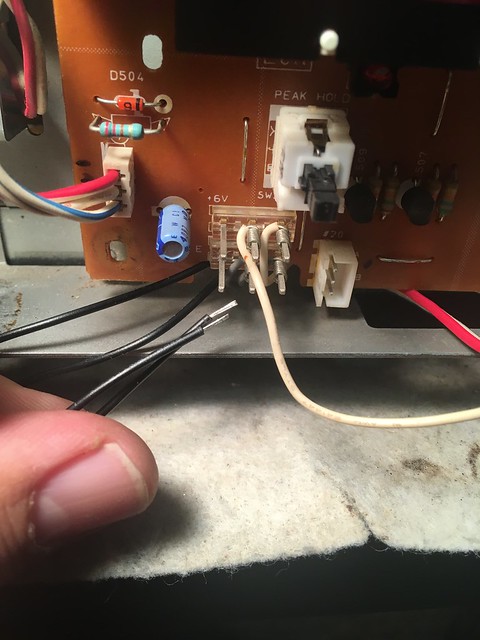 Untitled
Untitled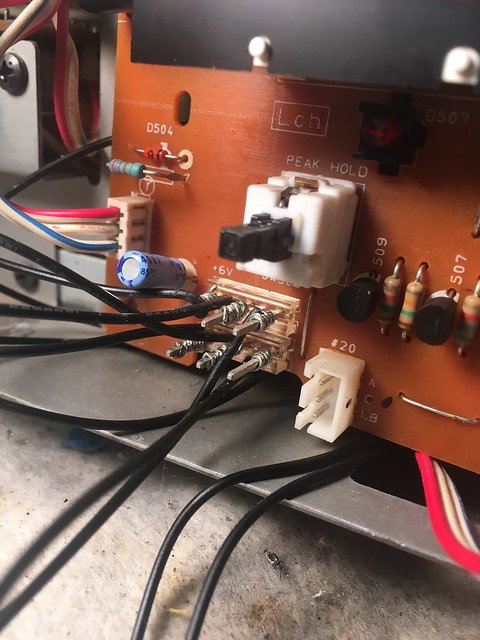 Untitled
Untitled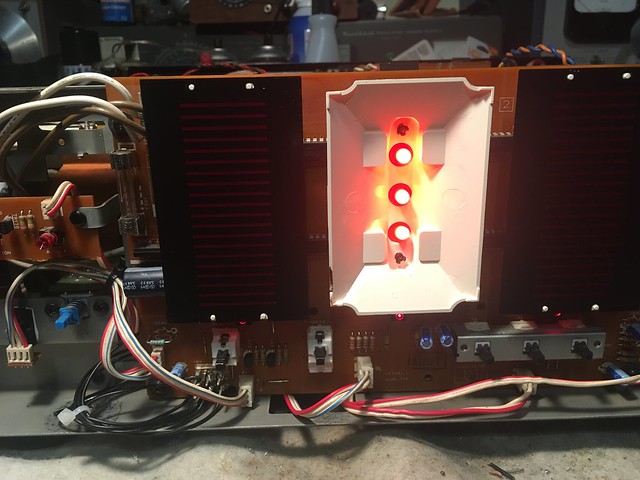 Untitled
Untitled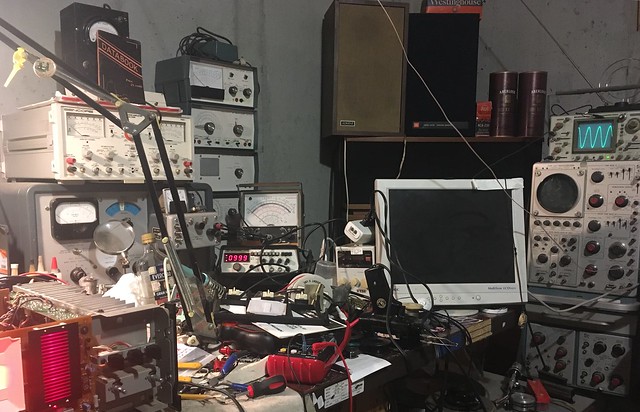 Untitled
Untitled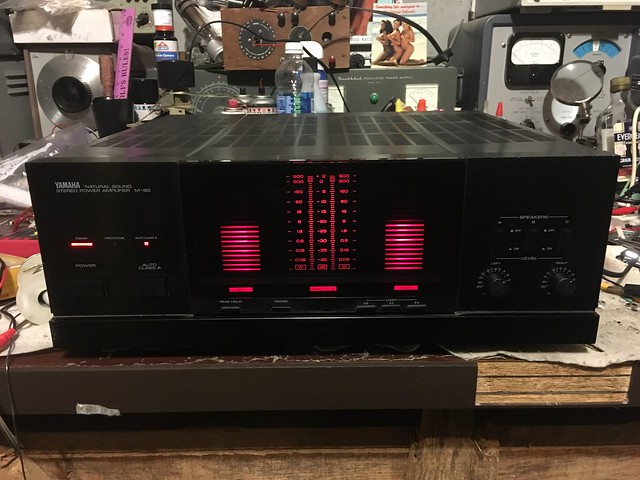 Untitled
Untitled Untitled
Untitled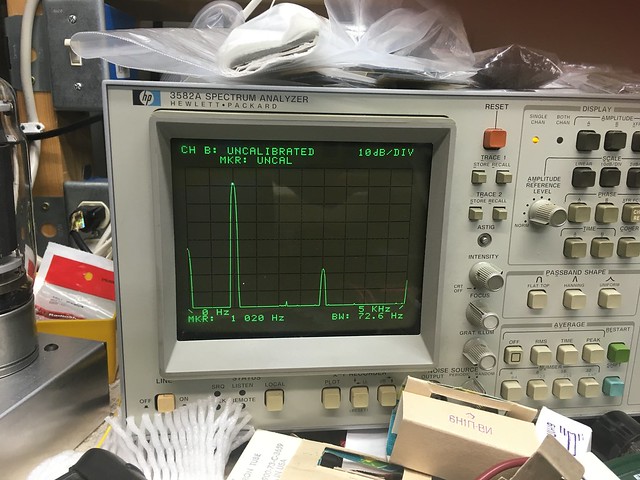 Untitled
Untitled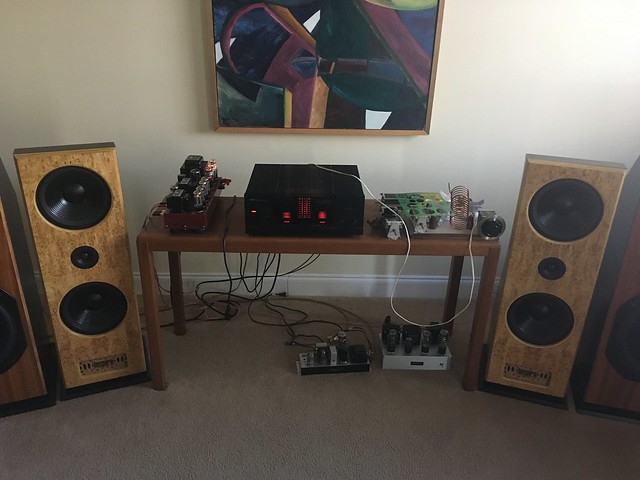 Untitled
Untitled